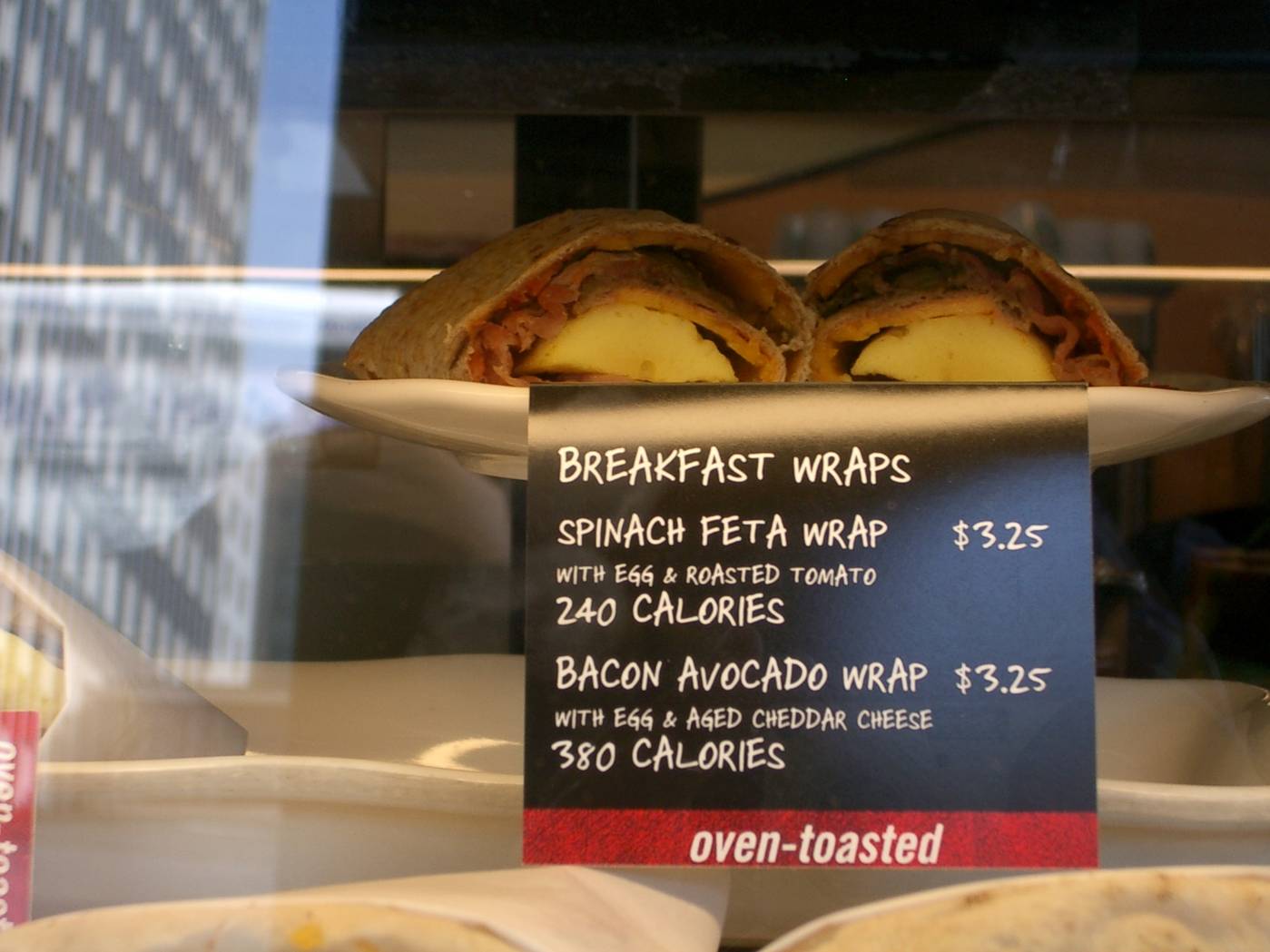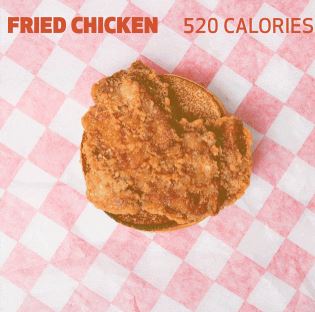
Menu Labeling

In March 2010, Congress passed a national law requiring chain restaurants with 20 or more outlets to list calories and other nutrition information on menus and menu boards. In December 2014, the Food and Drug Administration released final regulations for calorie labeling for standard menu items at chain food service establishments. In addition to fast-food and sit-down chain restaurants, the new regulations also require calorie labeling for prepared foods at supermarkets, convenience stores, and movie theaters. Calorie counts will be posted for all items, including alcoholic drinks, listed on menus and menu boards, and on display tags for salad bars, bakery items, and soda dispensers. A companion rule requires calorie labeling for vending machines.
States and localities can support menu labeling and enhance its effectiveness by conducting campaigns and education programs to encourage healthy eating at restaurants and the use of the available nutrition information. Cities and states could expand access to nutrition information to more restaurants by requiring nutrition information in all restaurants (including those with less than 20 outlets nationally) or on state or local property, such as in cafeterias in government office buildings, publicly-funded hospitals, state universities, road-side rest stops, and state park concessions.
For more information, contact us at: policy@cspinet.org.
Menu Labeling Education Materials
Please share these materials with partners and through social media (Twitter, Facebook):
- 5 Things to Look For Before You Order From a Menu
- hildObesity180 at Tufts University You’re The Mom campaign (more images on their site)

Resources / Background

- General Fact Sheet on Menu Labeling at Fast Food and Other Chain Restaurants
- Supermarkets vs. Restaurants
- The Cost of Menu Labeling
- Labeling Per Serving v. Per Menu Item
- CSPI Menu Labeling Campaign Timeline
- Pictures of menu labeling
- Menu labeling webinar, 4/26/17 (FDA, ChildObesity180, CSPI)—requires one-time registration
- Economic Analysis: The Delay Of Menu Labeling For Standard Meals Fails The Cost-Benefit Test
- FDA Menu Labeling Regulation Module
Studies
- Literature Review: Cochrane Institute
- Kids' Meals: Obesity on the Menu
- Wallet to Waistline: The Hidden Costs of Super Sizing
- Literature Review: Effects of Eating Out on Nutrition and Body Weight
- Literature Review: Influence on Nutritional Information Provision
- Supermarket Labeling Report
Menu Labeling Polls:
- Public Support for Menu Labeling at Chain Restaurants, Supermarkets, and Convenience Stores (2018)
- Public Support for Menu Labeling at Chain Restaurants (2012)
State and Menu Labeling Policy map
See larger map version here.
Why expand menu labeling?
Menu Labeling Policies
- National Menu-Labeling Law
- Menu Labeling Final Rule
- Menu Labeling Interim Final Rule, 2017 Delay
- Menu Labeling Interim Final Rule, 2018 Delay
- Vending Labeling Final Rule
- FDA Guidance on Menu Labeling (April 2016)
- Additional Draft FDA Guidance on Menu Labeling (November 2017)
- 2009-2010 State and Local Laws
Menu Labeling Education Programs
The national menu labeling law passed in March 2010. People across the country will have calorie counts on menus and menu boards at all chain restaurants and other food service establishments by May 2018. To make the most of this new information, we need education about and promotion of menu labeling.
New York State, New York City, and Seattle/King County (WA) had implemented menu labeling policies and campaigns to help people better use that information. The campaign summaries below provide examples, model materials, focus group reports, and other tools you might find helpful in conducting your own menu labeling education campaigns.
- Comparison of Seattle/King County, New York City, and New York State
- New Calorie Information on New York City Chain Restaurants
- Health Bulletin: Eating Out, Eating Well; New York City Department of Health and Mental Hygiene
- Results from New York State Menu Labeling Education Campaign


